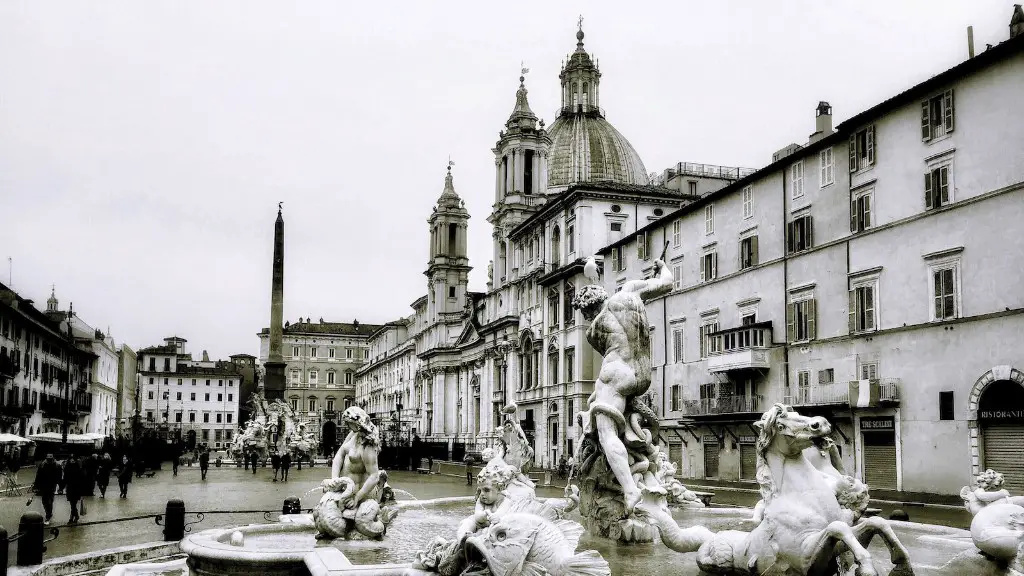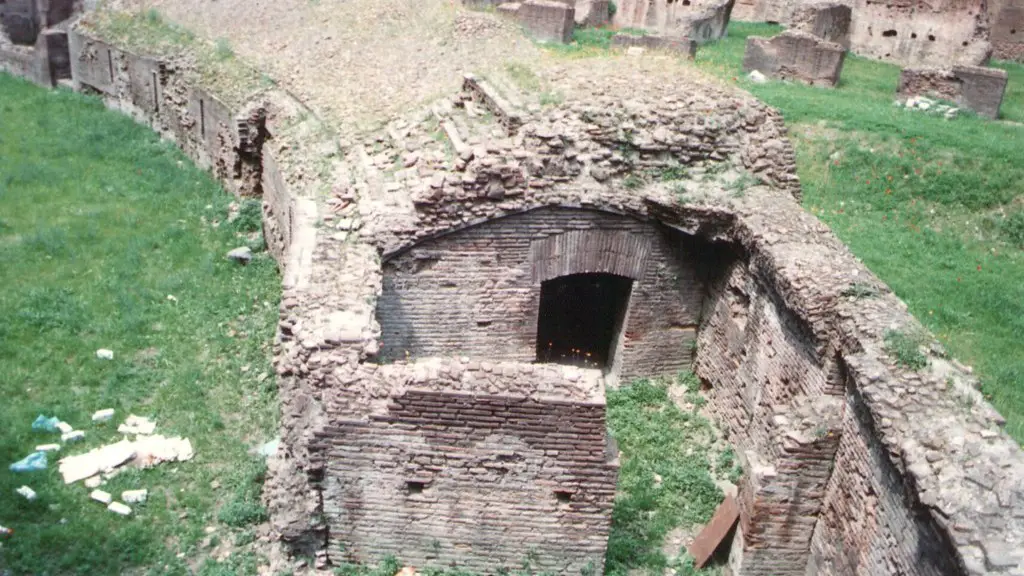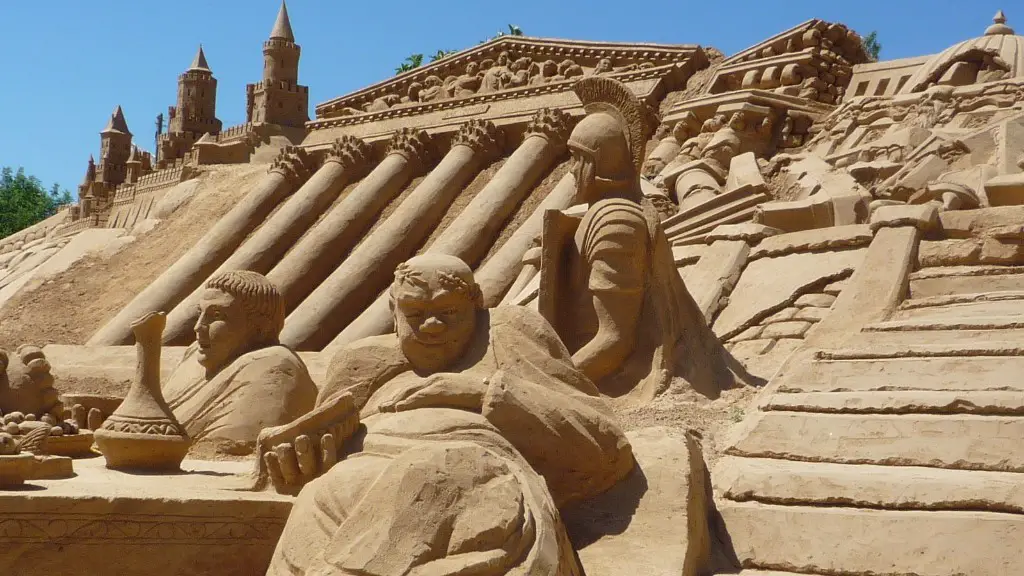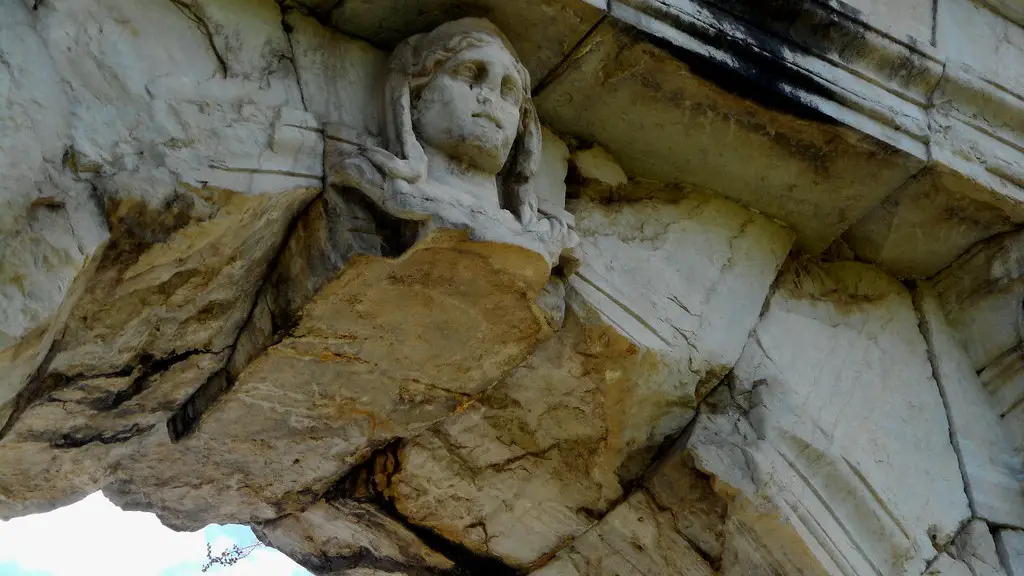It is impossible to say definitively how bad ancient Rome was because it is such a large and complex topic. However, there are certainly some aspects of Roman life that were unpleasant, such as the widespread poverty and lack of public sanitation. Additionally, the Roman elite were often corrupt and sexually decadent, while everyday people were frequently the victims of violence. So while ancient Rome was certainly not a perfect society, it had its share of problems.
How bad was ancient Rome? This is a difficult question to answer. While some aspects of Roman society were quite good, such as the engineering and architectural feats that the Romans are known for, other aspects were very bad. For example, the treatment of slaves and women was often atrocious. Roman society was also very violent, with bloody gladiator games being a popular form of entertainment. So, while it is hard to say definitively how bad Roman society was, it is clear that it had some serious flaws.
How brutal was ancient Rome?
Violence was a significant part of Roman identity, and images of war and violence were pervasive throughout the Roman world. The myths and history of Rome are filled with brutal acts of rape, fratricide and war.
The Romans were known for their brutal methods of punishment, and they didn’t hesitate to torture before putting someone to death. One such punishment was sewing a bound prisoner in a heavy sack with a snake, a rooster, a monkey and a dog, then throwing the sack into the river. The prisoner would then have to endure the pain of being bitten and scratched by the animals, as well as the weight of the sack, before finally drowning. This was a slow and agonizing death, and one can only imagine the suffering that the prisoner went through.
What was so bad about the Roman Empire
Government corruption, political dispute, and power struggle all weakened the empire. The continuous death and replacement of the emperor caused haphazard leading, with a continuous conflict between the Emperor and the Senate. The Senate was constantly trying to take away power from the Emperor, while the Emperor was trying to increase his power. This led to a lot of infighting and eventually the weakening of the empire.
Women in ancient Rome were not considered equal to men, but they did have some rights and privileges. They could be honoured for their role as priestesses or for being part of a family. They also had some citizen rights, though not as many as men. Slaves, on the other hand, had no legal or social standing at all. They could be treated as beasts of burden by their masters and had no rights whatsoever.
Why were Roman soldiers so feared?
The Roman Army was one of the most successful in the history of the world and its soldiers were rightly feared for their training, discipline and stamina. As a result, the army was a major player in Roman politics and maintaining its loyalty was an essential task for any Emperor. The army was divided into legions, each of which was divided into cohorts, and each cohort was divided into centuries. The centuries were divided into units of ten, each of which was divided into units of six. The standard legionary was equipped with a gladius, a shield, a dagger, and a javelin.
The Huns were a nomadic group who invaded the Roman Empire in the 5th century. They were known for their superior fighting skills and caused many people to flee west.
Was there female slavery in ancient Rome?
It is clear that women in Roman slavery were not treated equally to men, both in terms of their work and in terms of their personal lives. One of the key ways in which this is evident is in the way that women were regularly separated from their children, who were then either sold off or made to look after their master’s children. This must have been an incredibly difficult thing for any mother to deal with, and it is a clear sign that women in Roman slavery were not given the same level of respect or care as their male counterparts.
It is clear that the lives of slaves in Rome were far from ideal. They were often treated harshly, with little regard for their well-being, and were at the mercy of their owners. While this was the norm, there were some who argued that slaves should at least be treated fairly. Seneca, a poet and philosopher, was one of these people. He believed that slaves should be respected and treated with compassion, as they are human beings just like everyone else. While his views were not always popular, they did offer a different perspective on how slaves should be treated.
Were the Romans brutal or civilized
Although it may have seemed civilized to certain people at certain times, the Roman Empire was built on brute force and military strength. Local inhabitants obeyed Roman rule because the alternative was often too horrible to consider. The Roman Empire was a brutal and oppressive regime that relied on violence and intimidation to maintain power.
The Senate was a ruling body in Rome that was known for being corrupt and bribing others. This led to the commoners distancing themselves from the Senate. Additionally, many people were enslaved and brought back to Rome from the empire’s conquests. This created an abundance of cheap labor that lower class individuals were competing against, which disrupts the agricultural system.
What ended the Dark Ages?
The fall of Constantinople to the Ottoman Empire in 1453 CE is often considered to mark the end of the dark ages. The Middle Ages was a time period in Europe from 500 CE to 1500 CE that was characterized by a lack of technological and cultural advancements. After the fall of the Roman Empire, Europe entered a period of decline that lasted for centuries. With the Ottoman conquest of Constantinople, the Middle Ages came to an end, and Europe began to emerge from the dark ages.
Rome’s decline was largely due to corruption in the government and economy. The economy was based on slave labor, which created a large gap between the rich and the poor. The rich grew wealthier from their slaves while the poor could not find enough work. This led to unrest and eventually to Rome’s decline.
How did Romans treat their wives
In Roman society, women were not allowed to own property or control their own finances. All family inheritances and dowries were transferred to the husband when a woman married. Women also could not participate in politics and were not allowed to vote or run for political office. This meant that Roman women were largely dependent on their husbands for both financial and political power.
Roman Emperor Caligula is remembered as the cruelest Emperor because he was a ruthless, wanton killer of Roman citizens, including even his family. No one was safe from his cruelty.
How clean were Roman baths?
Bathing in ancient times was a communal activity where everyone would cleanse themselves together. The largest known baths could house up to 3000 people at one time. People would not use soap to cleanse themselves, but rather be covered in oil and then scraped clean with a curved instrument called a strigil.
This was because marriage was seen as a distraction from their duties as soldiers and could lead to divided loyalties.Septimius Severus (r. 193-211 CE) lifted this ban, however, and soldiers were then free to marry.
Who did Romans think Jesus was
Many people believe that Jesus was a troublemaker because he was always speaking out against the Roman Empire. He was always talking about how the Empire was mistreating the people and how they needed to be free. This made the Romans very angry, and eventually they had him killed. However, the Christians believe that Jesus was a martyr. They believe that his death was a sacrificial act that would bring about change. And it did. After Jesus was executed, the people of Judaea became even more unstable.
It is certainly possible that the Romans killed Jesus as a political threat. As Josephus the Jewish historian recounts, the Romans killed many other prophets, brigands, and rebels during the first century. If the Romans saw Jesus as a threat to their power, it would make sense that they would have killed him.
Final Words
There is no one answer to this question as it is based on opinion. However, some aspects that could be considered include the high levels of violence, poverty, and corruption that were present in ancient Rome. Additionally, the treatment of women and slaves was often brutally harsh. Thus, while there are some positive aspects to ancient Rome, such as its impressive architecture and art, there were also some significant negatives that could make one consider it a bad period in history.
While there are many negative aspects to ancient Rome, such as its treatment of slaves and its violence, there are also many positive aspects. Ancient Rome was a thriving culture with impressive architecture and art, and it played a significant role in the development of Western civilization.





